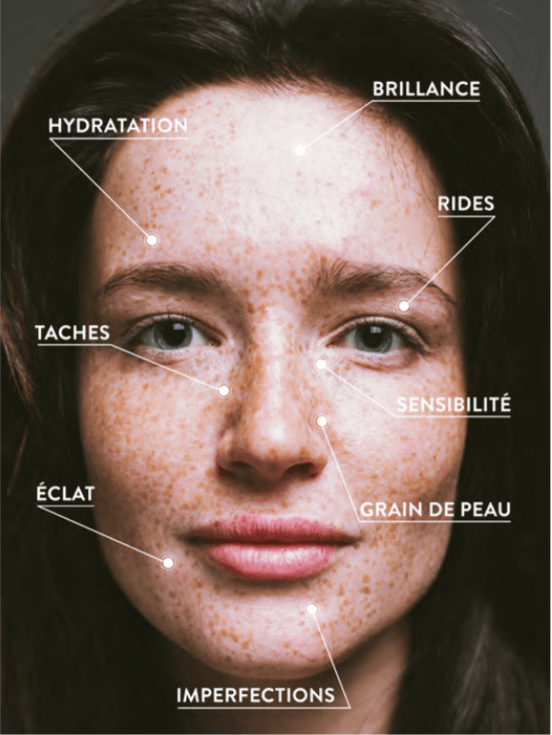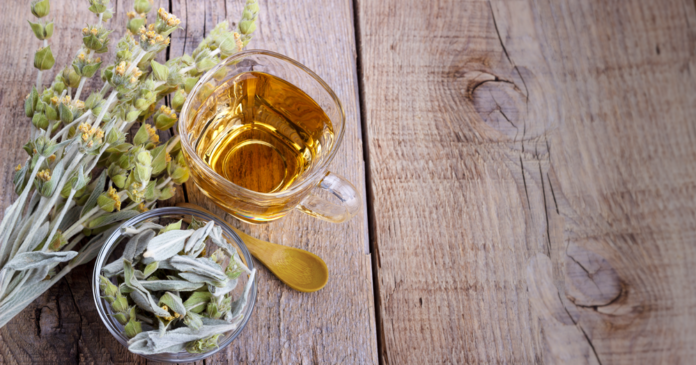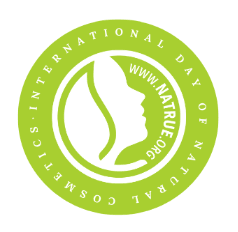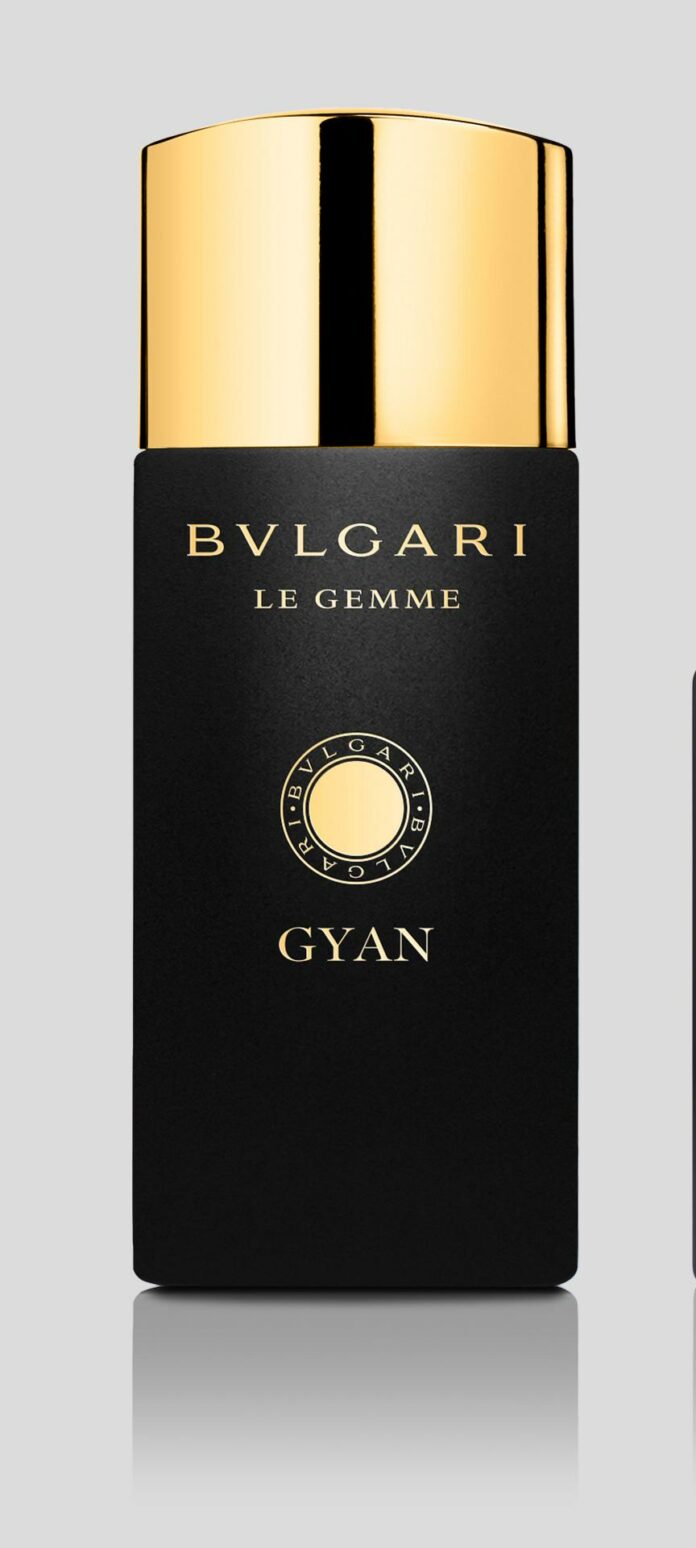International beauty packaging manufacturer and supplier Quadpack has officially opened a new decoration center at its Kierspe plant in Germany, reducing decoration lead times in Europe. The site, which was already a center of excellence for Pet injection and airless packaging manufacturing, is proud to present its new 900 m2 facility featuring 5 high-capacity decorating lines and 11 assembly machines. The production facility fits in with Quadpack's strategic plans to become the industry leader in finishing with the recent acquisition of Wicklein Kunststoffveredelung GmbH in October 2021. The integration of new sites and know-how, as well as the significant investments made in the Kierspe plant, enable the Group to currently offer a wide range of finishing services.
Ernesto Cara, Head of Industrial Process at Quadpack, explains: " The new decor center positions the Kierspe plant as a European leader in sustainable manufacturing and finishing. The increase in our decor capacity allows us to bring in-house a service that was previously outsourced. This will enable us to speed up delivery times and reduce the carbon footprint of our "Made in Europe" solutions. "
The creation of the decor center required an investment of 1 million euros. The site is supported by a four-ton metal structure, creating an open space with the capacity for expansion. A climate control system and air filters create ideal conditions for finishing operations. The center employs 36 people specialized in decorating techniques.
Today, the new decorating and assembly lines enable Quadpack to put the finishing touches to the catalog and specific solutions produced on site, simplifying the production flow. Further acquisitions are planned over the coming months, bringing the total to 10 decorating lines and 14 assembly machines.
Average production times at Kierspe are expected to be significantly reduced, by up to 50 %. Preliminary estimates put annual CO² emissions savings at 170 tonnes.
With its new center, Quadpack's in-house decorating services in Europe now include screen printing, hot stamping, full hot stamping, pad printing, metallization, countertyping and laser engraving. New techniques will be added in the near future.
The opening of the center is in line with the Group's operational strategy to provide solutions in the region, for the region. Quadpack's Dallas, Texas facility also has decorating capabilities, enabling Quadpack to manufacture, store, decorate and assemble complete packaging solutions across EMEA and the Americas.















